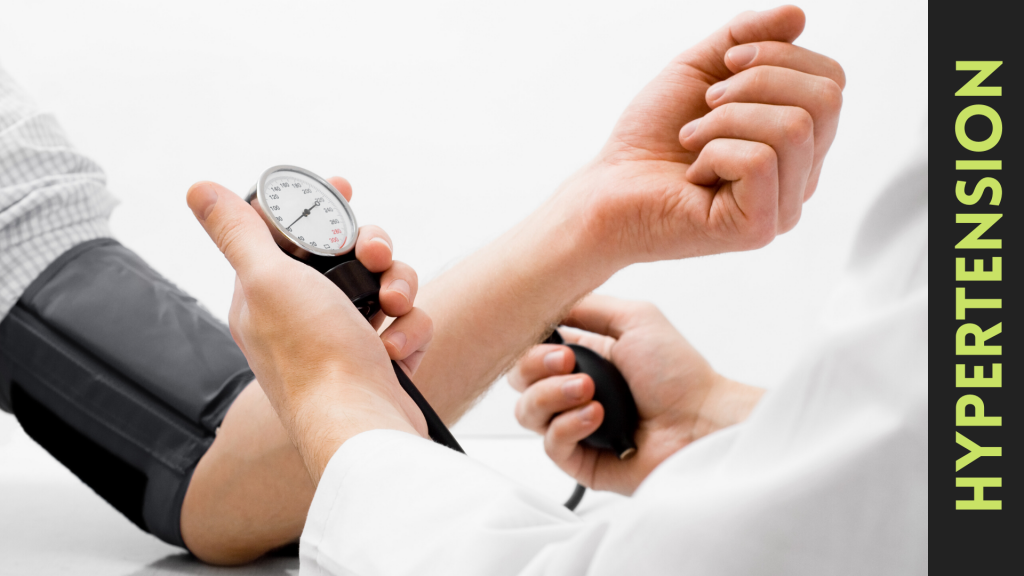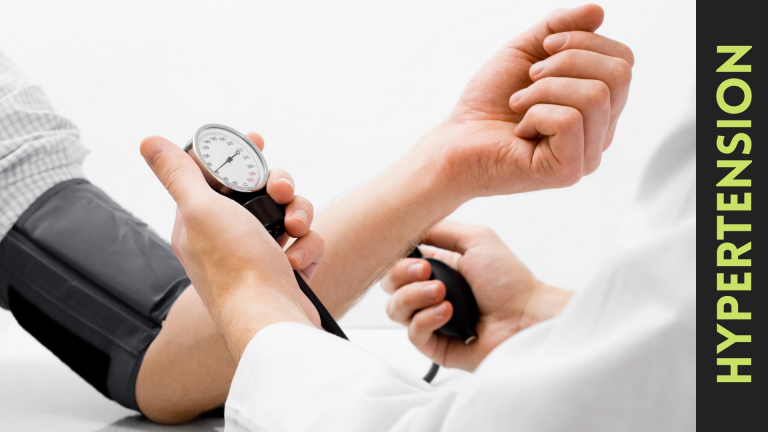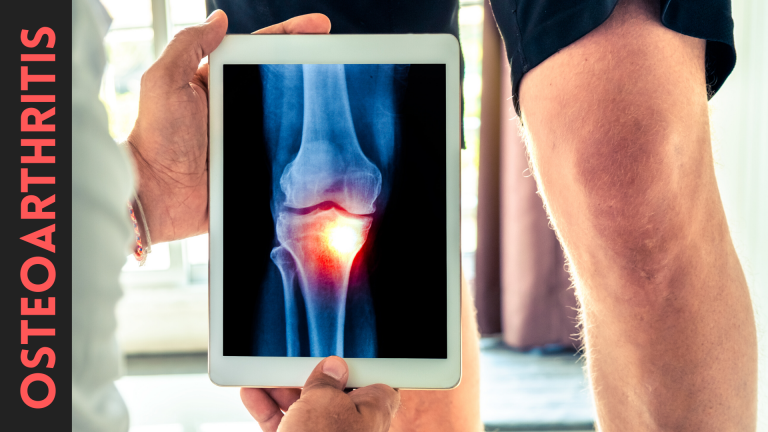Hypertension or high blood pressure is by far one of the most common diseases in most countries. In Singapore, 27.3% of the population has hypertension as a chronic disease. It is so prevalent that we should have at least one family member suffering from hypertension. First, we need to be aware about the meaning of hypertension. What does it mean when we say that a patient is hypertensive?
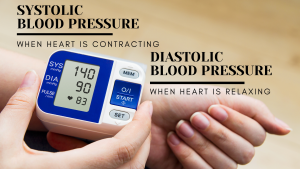
Blood pressure is the strength of the movement of blood in the body regulated by the body’s heart. So, the higher this pressure, the more serious is the condition. Normal blood pressure is 120/80, so an increase in this number will mean an underlying condition. Hypertension is a progressive disease that develops over years. The problem with hypertension is that in most cases, it has completely no symptoms. It is only discovered by coincidence or when it is already too late and heart damage has developed. Therefore, hypertension is known worldwide as the silent killer! It is very important to keep yourself and your family safe by regular check ups. Some patients are lucky enough to develop hypertension symptoms which lead to the diagnosis of the disease and proper management in return. These symptoms are severe headache, flushing, visual changes, shortness of breath, dizziness and chest pain. If you have any of these symptoms, you should contact your physician immediately.
So what are the causes of hypertension and how could we prevent it ? There are two types of hypertension, primary and secondary hypertension. Primary hypertension develops due to family history, obesity or physical inactivity. Secondary hypertension develops due to medication side effects, congenital heart defects, alcohol abuse or kidney damage. Diagnosing hypertension is so easy if it is suspected. Your doctor will measure your blood pressure at his clinic, high blood pressure two times in a row means that this person has hypertension.
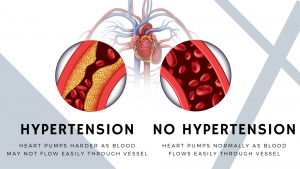
Medications and Holistic Remedies
For hypertension, non pharmacological agents play a major role in the stabilization of the disease as it is a lifelong disease (not curable). First is dietary modifications. The patient should do a salt restriction, decrease fats and increase vegetable, fruits, proteins and whole grains. The patient should also maintain an active lifestyle. Hypertensive patients are advised to exercise 5 times every week, for about 30 minutes per session. Losing weight and managing stress is also recommended.
Pharmacological agents are of the same importance as the non pharmacological agents. The first medication that’s usually prescribed to hypertensive patients is beta blockers. Beta blockers are popular drugs in the medical practice. The drug acts on the heart and it makes it beats slower. Thus, less amount of blood is pumped and less pressure as well. Diuretics are the second most well known and widely prescribed medications. It is also known as water pills. This drug acts on removing excess fluids and sodium into urine. Hence, less volume and less blood pressure. There are also calcium channel blockers and Angiotensin converting enzyme inhibitors which are used in the treatment as well.

At the end, stay safe, stay healthy, do your exercise and drop that salt immediately!
References:
1-Whelton, P. K., Carey, R. M., Aronow, W. S., Casey, D. E., Collins, K. J., Himmelfarb, C. D., … & MacLaughlin, E. J. (2018). 2017 ACC/AHA/AAPA/ABC/ACPM/AGS/APhA/ASH/ASPC/NMA/PCNA guideline for the prevention, detection, evaluation, and management of high blood pressure in adults: a report of the American College of Cardiology/American Heart Association Task Force on Clinical Practice Guidelines. Journal of the American College of Cardiology, 71(19), e127-e248.
2-Kaplan, N. M. (2010). Kaplan’s clinical hypertension. Lippincott Williams & Wilkins.
3-Staessen, J. A., Wang, J., Bianchi, G., & Birkenhäger, W. H. (2003). Essential hypertension. The Lancet, 361(9369), 1629-1641.
4-Messerli, F. H., Williams, B., & Ritz, E. (2007). Essential hypertension. The Lancet, 370(9587), 591-603.
5-Pescatello, L. S., Franklin, B. A., Fagard, R., Farquhar, W. B., Kelley, G. A., & Ray, C. A. (2004). Exercise and hypertension. Medicine & Science in Sports & Exercise, 36(3), 533-553.
6-Folkow, B. (1982). Physiological aspects of primary hypertension. Physiological reviews, 62(2), 347-504.
7-World Health Organization, & International Society of Hypertension Writing Group. (2003). 2003 World Health Organization (WHO)/International Society of Hypertension (ISH) statement on management of hypertension. Journal of hypertension, 21(11), 1983-1992.

